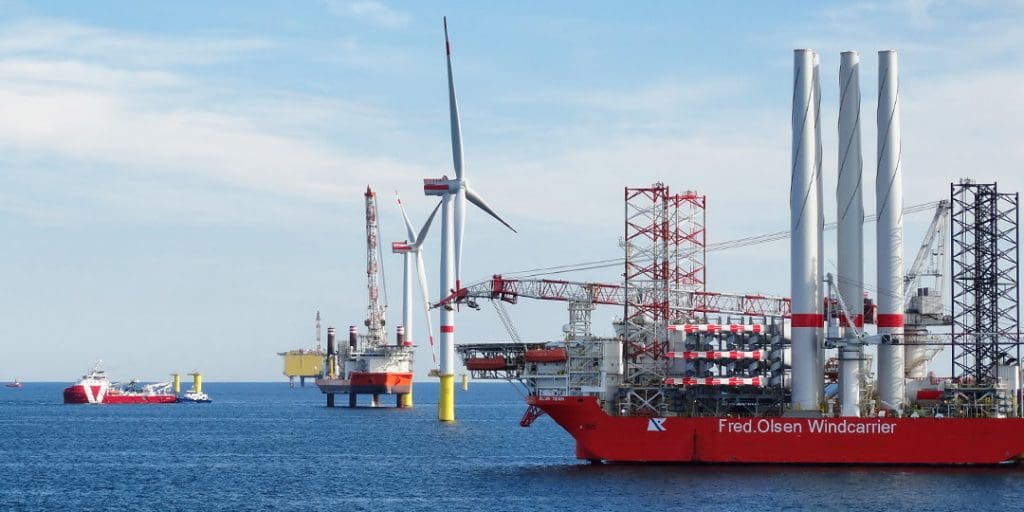
Offshore wind JIP sees DNV and partners develop a theoretical framework to assess operational limits for jack-up WTIVs as industry pushes into new territory.
Turbine installation today occasionally takes place in relatively high sea states where vessel motions create a risk of WTIV jack-up legs violently hitting the seabed. If the weather worsens, vessels have to wait until it improves. High day rates make delays costly and there is pressure to widen the weather window to expedite projects. Phase 2 of the JIP aims to validate the numerical models with data from live operations, and establish common guidance for WTIV safety and performance amid tougher weather and seabed conditions.
Read in our article how you can benefit from participation in the second phase.
Best regards,
Arnstein Eknes Business Director, Special Ships
DNV





